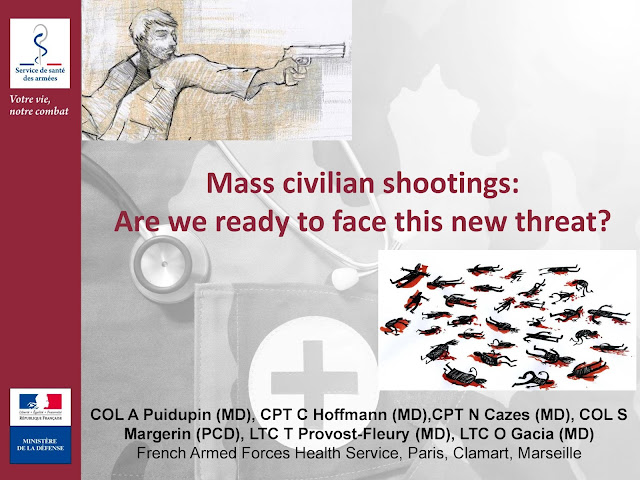 |
| Military Emergency Tourniquet (MET) Gen III HH Medical |
 |
| Military Emergency Tourniquet (MET) Gen III HH Medical |
 |
| Military Emergency Tourniquet (MET) Gen III HH Medical |
by Dr. Ramon Reyes, MD
H&H Medical Corporation adds to our growing line of hemorrhage control products with one of the most rugged windlass tourniquets on the market, the Military Emergency Tourniquet - GEN III. Designed by formal special operations warfighters and proven in combat service for almost a decade, the MET GEN III is designed to be used in the most austere of environments.
The MET is a lightweight open-loop system composed of a sturdy strap and aluminum windlass. As a true open-loop system, this tourniquet comes apart completely to place around a limb and doesn’t need to be fully cinched down prior to engaging the windlass; even if loosely applied, by turning the windlass the slack will uptake and fully tighten the tourniquet. It has two securing points to lock down the windlass after application: one that is adjustable and one with Velcro.
The MET Gen III provides a one-handed application with a hardened aluminum windlass and tough 1000 Denier nylon to create a sturdy tourniquet that is easy to apply and stays in place.Military Emergency Tourniquet (MET) Gen III
GEOLOCALIZACION Desfibriladores
Republica Dominicana
TELEGRAM Sociedad Iberoamericana de Emergencias https://t.me/joinchat/GRsTvEHYjNLP8yc6gPXQ9Q

















